good year for butterflies
Elaine_NJ6
18 years ago
Related Stories

NATIVE PLANTS5 Ways to Keep Your Native Plant Garden Looking Good All Year
It’s all about planning ahead, using sustainable practices and accepting plants as living organisms
Full Story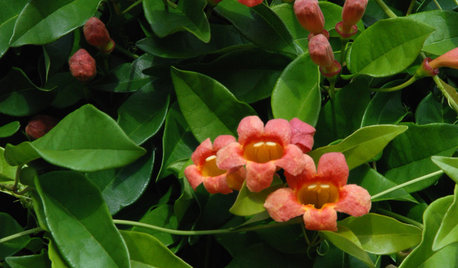
GARDENING GUIDESGreat Design Plant: Butterfly-Friendly Crossvine
Colorful climber gives gardens a boost year-round with bountiful blooms
Full Story
GARDENING GUIDES15 Ideas to Try in Your Garden This Year
These gardening stories were tops among Houzz readers. Which ideas might you try this year?
Full Story
GARDENING GUIDES8 Native Shrubs for Year-Round Bird Feeding
It’s not just about berries. These plants provide insects for birds and seasonal interest for gardeners
Full Story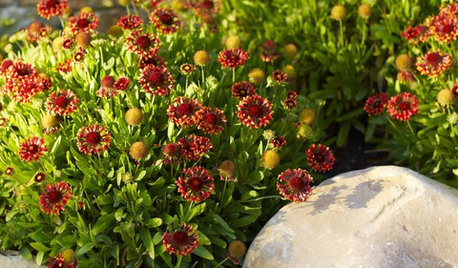
GARDENING FOR BUTTERFLIESGreat Design Plant: Blanket Flower Brings Year-Round Cheer
It's irresistible to wildlife, but this wildflower's drought tolerance, copious blooms and versatility draw human fans too
Full Story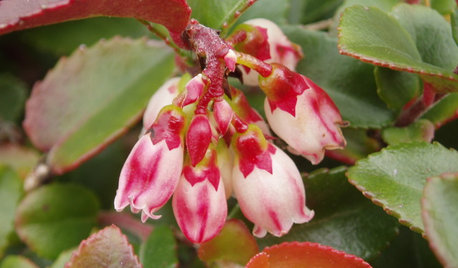
GARDENING GUIDESGreat Design Plant: Evergreen Huckleberry Appeals All Year
Spring flowers and summer berries are only half the story with Vaccinium ovatum, a versatile Pacific Northwest native plant
Full Story
GARDENING GUIDESGreat Design Plant: Snowberry Pleases Year-Round
Bright spring foliage, pretty summer flowers, white berries in winter ... Symphoricarpos albus is a sight to behold in every season
Full Story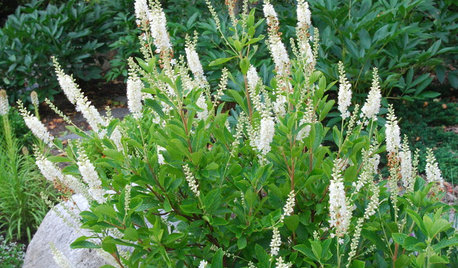
GARDENING GUIDESGreat Design Plant: Coastal Sweet Pepperbush Perfumes Gardens All Year
Bottlebrush blooms, gorgeous fall color and delightful fragrance give this U.S. native shrub 4-season appeal
Full Story
GARDENING FOR BUTTERFLIESBe a Butterfly Savior — Garden for the Monarchs
Keep hope, beauty and kindness alive in the landscape by providing a refuge for these threatened enchanters
Full Story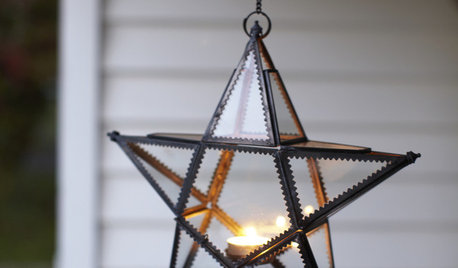
PRODUCT PICKSGuest Picks: Good Luck in the New Year
20 cheerful symbols of luck represent good fortune in 2012
Full Story0
More Discussions






terryr
Elaine_NJ6Original Author
Related Professionals
Middle Island Landscape Architects & Landscape Designers · Panama City Landscape Architects & Landscape Designers · Stamford Landscape Contractors · Bloomington Landscape Contractors · Bristol Landscape Contractors · Gloucester Landscape Contractors · Holland Landscape Contractors · New Braunfels Landscape Contractors · Pompton Lakes Landscape Contractors · Raleigh Landscape Contractors · Vallejo Landscape Contractors · Bear Driveway Installation & Maintenance · Glenn Heights Swimming Pool Builders · Pearland Swimming Pool Builders · Sunny Isles Beach Swimming Pool Buildersterryr
Elaine_NJ6Original Author
terryr
Elly_NJ
Elaine_NJ6Original Author
terryr
ericwi
christie_sw_mo
Elaine_NJ6Original Author
terryr
Elaine_NJ6Original Author
terryr
Elaine_NJ6Original Author
terryr
Elaine_NJ6Original Author
Elaine_NJ6Original Author
terryr
Elaine_NJ6Original Author
vonyon
terryr
cjlambert
Elaine_NJ6Original Author
Elaine_NJ6Original Author
mountain_curmudgeon
Elaine_NJ6Original Author